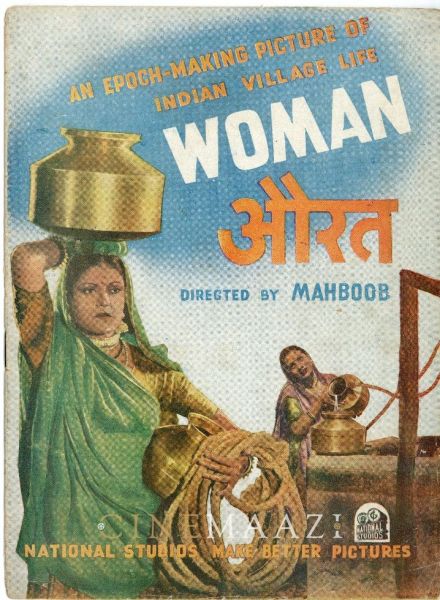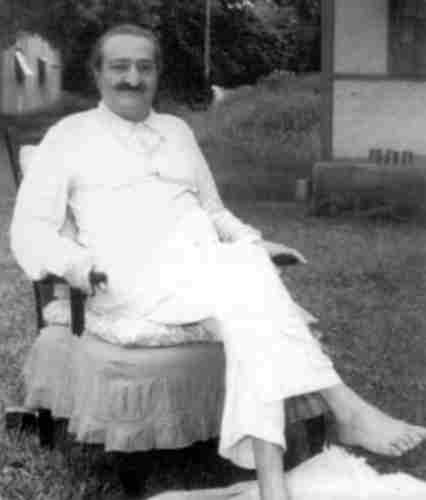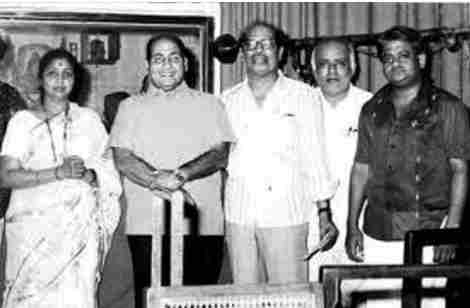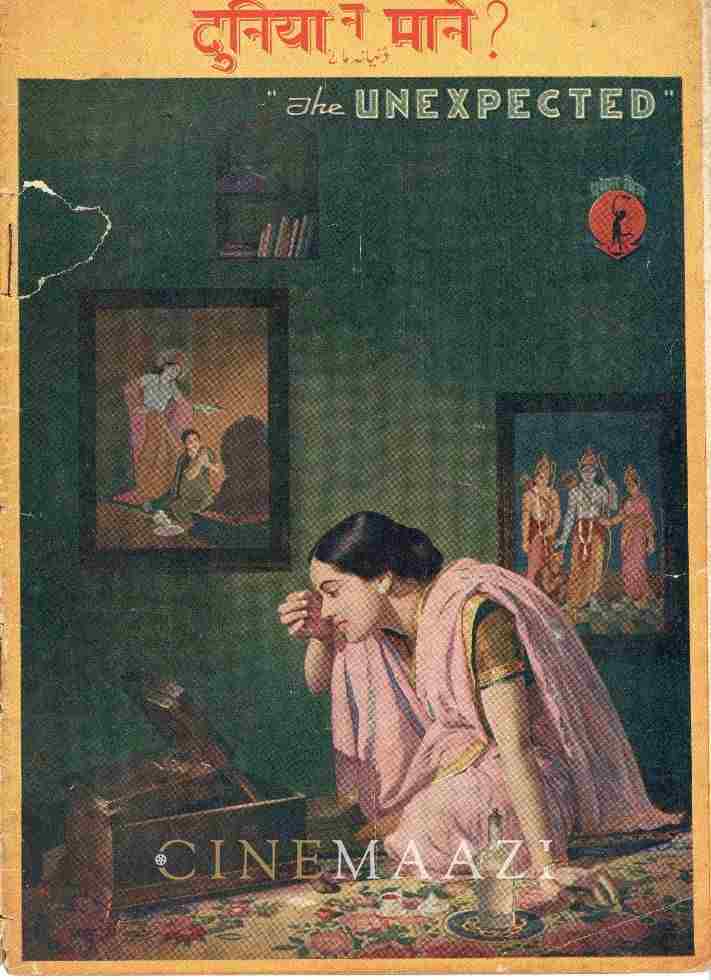V. Shantaram’s Duniya Na Mane (1937) and the Meaning of the Strong/Rebellious Woman
Subscribe to read full article
This section is for paid subscribers only. Our subscription is only $37/- for one full year.
You get unlimited access to all paid section and features on the website with this subscription.
Not ready for a full subscription?
You can access this article for $2, and have it saved to your account for one year.
The motif of the strong woman in reformist Indian cinema of the 1930s and 1940s is actually that of the emasculated Indian man under colonialism, argues M.K. Raghavendra
The Hindi melodramas of the 1930s and 1940s are often described by the term ‘reformist’, a term not applied to later films. V Shantaram’s Duniya Na Mane (1937) – which also had a Marathi version, Kunku – is one of the most important films of the category. Indian popular cinema is difficult to categorize along generic lines but if elements pertaining to individual genres are to be acknowledged, we can say that, apart from the mythological, it is the ‘social’ that was the most dominant category. The ‘social’ is a loosely defined term for domestic melodrama within a contemporary setting, where social issues are raised and debated and the attitude towards them is that of reformism.
.jpg/durga%20(1)__441x600.jpg)
However, Duniya Na Mane is not alone and many films provide instances where a woman’s goodness and strength of purpose see a man being transformed. Three other films are N.R. Acharya’s Azad (1940) and Jhoola (1941) and Franz Osten’s Durga (1939). The first is a story of three friends – the liberal Vijay (Ashok Kumar), the conservative Loknath and the careerist Jagdish. Loknath and Jagdish break off ties with Vijay when he marries a damsel in distress (Leela Chitnis) whose past they consider murky. Several years later, Vijay’s son saves Jagdish’s daughter from a miscreant on a railway journey and this leads to ties being re-established between Vijay and Jagdish. But the crowning moment comes when Vijay’s wife nurses the ailing Jagdish and both Jagdish and Loknath are finally transformed into liberals with the correct attitude towards women. The villain in N.R. Acharya’s Jhoola is the philandering son of a zamindar who is finally made to see the error of his ways by the woman he once deceived. In Franz Osten’s Durga the young heroine, Durga (Devika Rani), is a tomboy and an orphan looked after by a heartless moneylender and widower – who intends to marry her when she attains majority so she can ‘look after his child’. The film does everything in its power to make the spectator fear for the girl in the moneylender’s home. But her goodness finally overcomes him and he not only arranges her wedding to the young local doctor but himself becomes kind and caring towards his clients.
.jpg/jhoola%20(1)__600x420.jpg)


In Taqdeer, the judge, Jumnaprasad, and theatre owner, Badriprasad, accidentally exchange children in the confusion of the Kumbh Mela. The judge brings up the theatre owner’s son and the theatre owner brings up the judge’s daughter. The judge’s son is good-humoured and prankish but also in fear of his father. Taqdeer concludes with the children being restored to their respective fathers and a marriage being solemnized between them. The son Babu (Motilal) seems not only glad to lose his adoptive father but is also indifferent to acquiring an ‘actual’ one and, if anything, the narrative celebrates his newly found independence. Another significant feature of the film is that the judge’s wife has been insane ever since the loss of her daughter and she believes that Babu is actually her daughter Shama. At the climax, the mother regains her sanity and also comes to recognize that Babu is a man. Babu’s ‘masculinity’ and his independence are acknowledged concurrently and the crisis of masculinity to which I alluded gives the twist new meaning. Taqdeer apparently registers the regaining of masculinity by the Indian male! The ‘strong woman’ also no longer has the same force thereafter in Hindi popular cinema.
Tags
About the Author

MK Raghavendra is a film scholar and critic. He received the National Award (the Swarna Kamal) for Best Film Critic in 1997. He has authored four volumes of academic film criticism – Seduced by the Familiar: Narration and Meaning in Indian Popular Cinema (Oxford, 2008), Bipolar Identity: Region, Nation and the Kannada Language Film (Oxford, 2011), The Politics of Hindi Cinema in the New Millennium: Bollywood and the Anglophone Indian Nation (Oxford, 2014) and Locating World Cinema: Interpretations of Film as Culture (Bloomsbury, 2020). He has written two books on cinema for the general reader 50 Indian Film Classics (Collins, 2009) and Director's Cut: 50 Film-makers of the Modern Era (Collins, 2013) as well as edited an anthology Beyond Bollywood: The Cinemas of South India (HarperCollins, 2017) His essays on Indian cinema find a place in Indian and international anthologies. He has also published extensively in Indian periodicals and journals like Caravan, Economic and Political Weekly, Frontline, The Book Review and Biblio: A Review of Books. His book The Oxford Short Introduction to Bollywood was published in 2016. His academic writings have been anthologized in books published by Oxford University Press, Sage, Routledge, BFI (British Film Institute). He is a member of FIPRESCI, the International Federation of Film Critics. He is the Founder-Editor of online journal Phalanx, which dedicated to debate: http://phalanx.in/pages/content.html







.jpg)


